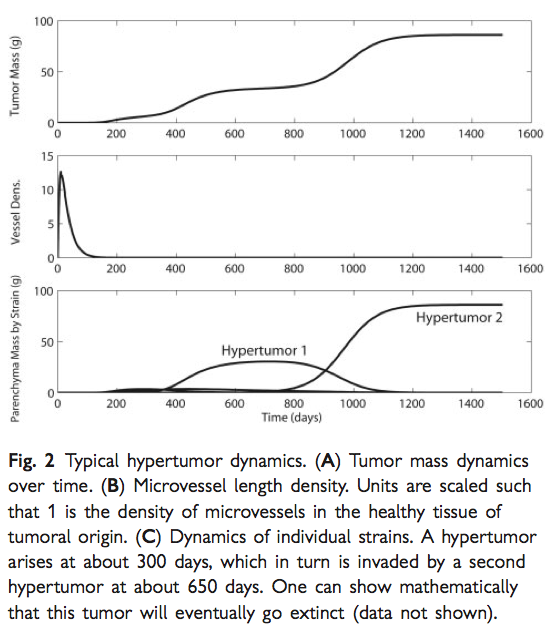Ever since I first saw Breaking Bad, I’ve been kind of obsessed with Cancer and Crystal Meth. (Legal Disclaimer: only the chemistry of Crystal Meth, and only in theory).
As Walter White knows, cancer in humans is a lethal disease. It can be aggressive and unforgiving, with some varieties decimating the human body in a matter of months. Hence the entire plot of Breaking Bad, where Walter enters the world of illegal drugs in a desperate attempt to save money for his family and provide for them long after he’s gone.
If Walter was an wildlife biologist, he might have taken a different approach. He might have capitalized on one baffling fact: Whales don’t seem to die from cancer (or at least we don’t think they do). This is known as “Peto’s paradox”:
Larger organisms have more potentially carcinogenic cells, tend to live longer and require more ontogenic cell divisions. Therefore, intuitively one might expect cancer incidence to scale with body size. Evidence from mammals, however, suggests that the cancer risk does not correlate with body size. This observation defines ‘‘Peto’s paradox.’’ (Nagy et al. 2007)
This paradox is cool, but what it predicts its %P&*#ing awesome: a large body size hints at the existence of hypertumors: masses of cancer so big, that they implode on themselves and become self-destructive:
…models predict the possibility of ‘‘hypertumors,’’ aggressive cells that fail to secrete sufficient TAF [Tumor Angiogenic Factors] to support tumoral growth. In essence, hypertumors are composed of ‘‘cheaters’’ that take advantage of the vascular infrastructure built by other tumor cells. This population of cheaters grows parasitically on the tumor, damaging it perhaps to the point of inviability. (Nagy et al. 2007)
So basically that means a Blue Whale can swim around with a tumor that weights 600 pounds – a tumor the size of a BLACK BEAR – and still be just fine. That stuff cray!

No one has ever tested whether hypertumors *actually* exist, but Nagy et al. (2007) list three ways for us to figure this out once and for all: 1) Tumor death should rare in small animals, but become increasingly common in larger species. 2) Tumors in small animals should show varying levels of aggression, but those in larger animals should all show aggressive growth and expansions 3) Tumors in small animals should show varying development of blood vessels (vascularization), but all tumors in large animals should have a solid network of blood vessels. Lets bounce and test this, yo!
With the final 8 episodes of Breaking Bad coming up in a few weeks, I guess we’ll get to see whether Walter finally trades his drug production in favor of self-experimentation to induce hypertumors in his lung cancer. Something tells me no, but THAT would be definitely be an ending to remember!
Endnote: I first heard of this topic during a random conversation at at science conference–and then I thought it was so cool that I MUST BLOG. But then I discovered that Carl Zimmer already beat me to it in 2011. And Dr. M. even preceded that with a post in 2007 way back when DSN was on Science Blogs. The topic is so mind-blowing that I brought it up again, but go read both of these posts for lots more info!
Reference:
Nagy JD, Victor EM, Cropper JH. (2007) Why don“t all whales have cancer? A novel hypothesis resolving Peto”s paradox. Integrative and Comparative Biology, 47(2):317–28.





